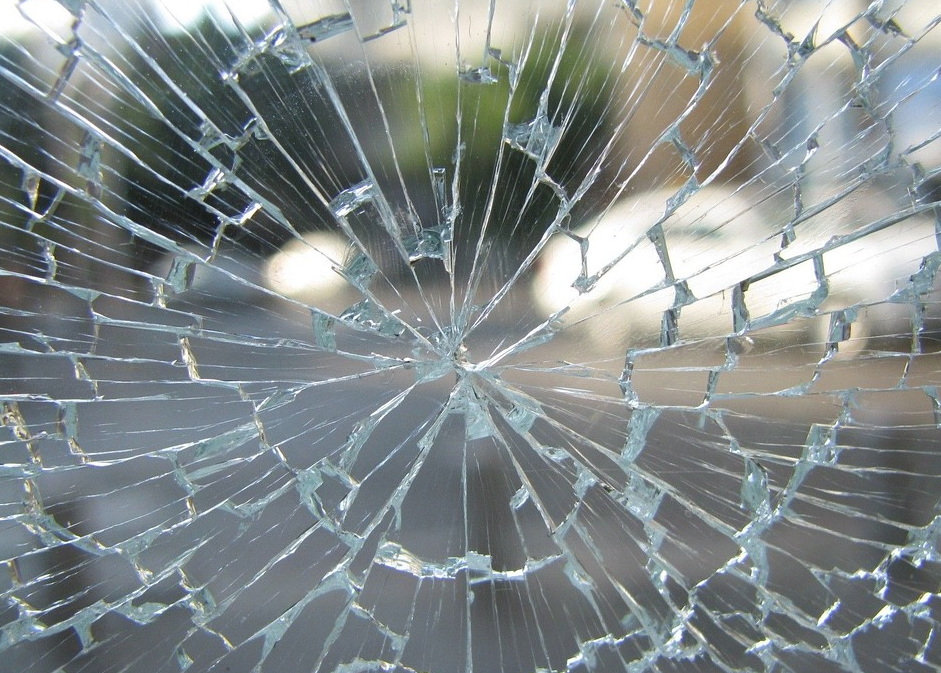While glass is, without a doubt, the best material to provide the clearest view for openings in homes, cars, and businesses, it does, by nature, have some limitations. One of the major issues you can run into, of course, is a broken window. If nothing else, a broken window can cause an unsightly scar on your home’s exterior, and at worse can allow unconditioned air to come into your home. To help you understand how to proceed, here is an explanation of three types of window cracks and what to do about them.

Pressure Cracks
The least common type of crack, a pressure crack, is also the type that requires replacement in the highest percentage of cases. This type of crack is usually associated with double-pane windows that are insulated with gas in between the panes. As the gas in the window changes temperature, it expands or contracts, depending on how hot or cold it is. If this process occurs too quickly, the glass around the gas may not have time to conform to the volume of the gas, resulting in pressure cracks. Since these types of cracks release the insulating gas in your double-pane windows, replacement is required to fix them.
Stress Cracks
Stress cracks typically start out small and are caused by sudden temperature changes or by sudden forces to surfaces surrounding the glass. For example, a window in an entry door may experience a stress crack if the door is slammed. If the cracks are small and don’t penetrate the entire thickness of the window, you may be able to fix these cracks using epoxy resin to provide a new surface for the surrounding glass to adhere to. If the crack gets too large, however, you’ll need to reinforce it using strong tape until you are able to replace the window.
Impact Cracks
Unlike the other two types of cracks that are caused by changing conditions around the glass, impact cracks are caused by forces applied to the glass itself. Whether it’s a baseball, a BB, a rock, or some other type of projectile, impact cracks usually have the most dramatic appearance, starting with a whitish center where the glass is most cracked and continuing out in a spider web of cracks. In many cases, impact cracks will pierce through the entire thickness of the glass, ultimately necessitating replacement. To prevent cold air leaks and to fortify the glass while you wait to have it replaced, you can use strong adhesives or tape over the entire area of the crack.
Once you notice you have a crack of any type in your window, it’s important that you’re especially careful with that window, moving forward. After all, glass that has had its integrity compromised by a crack is more likely to crack again, which could lead to breakage that results in small shards of glass in your living space. Therefore, it’s important to avoid touching the glass unless you need to take steps to reinforce it while you wait for repair or replacement. Contact an expert, like those at Anderson Replacement Windows, or another local business to get help with your cracked windows.
